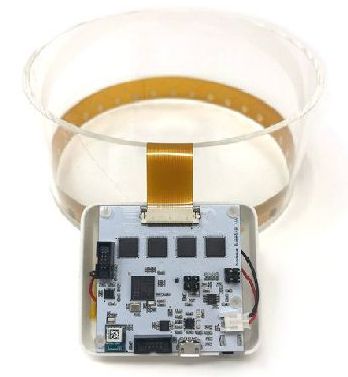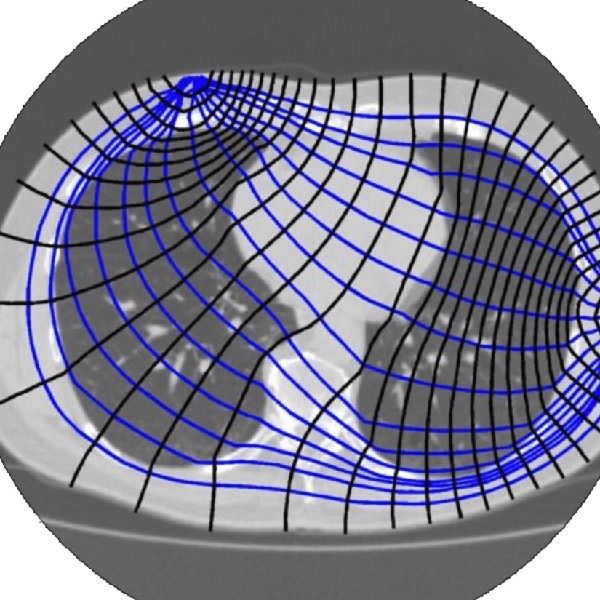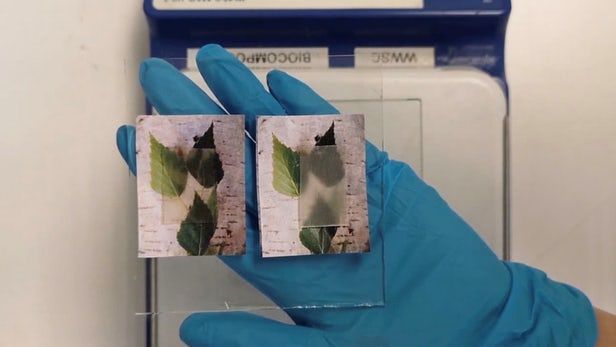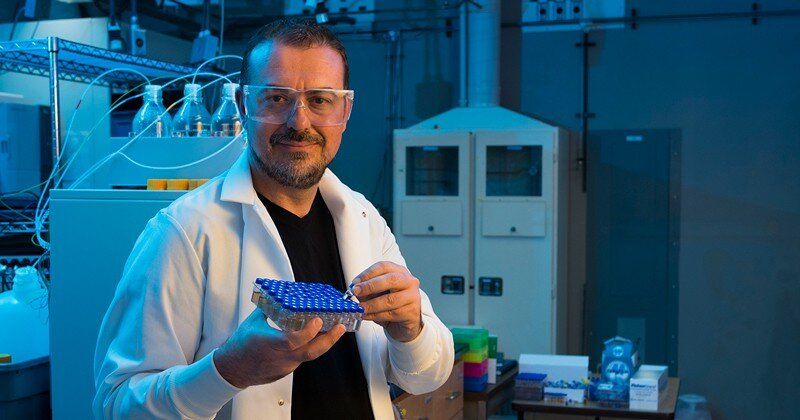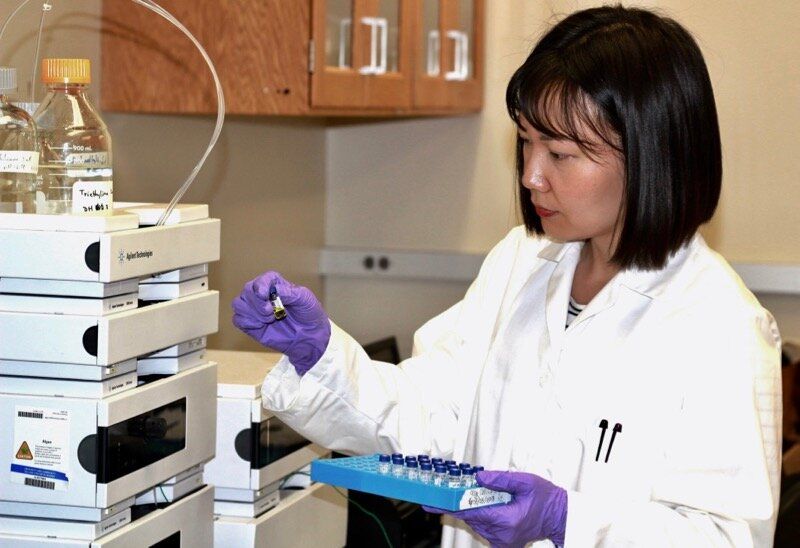Apr 9, 2019
DTI: PH can become artificial intelligence powerhouse
Posted by Michael Lance in categories: business, engineering, government, robotics/AI
Trade Secretary Ramon Lopez said the DTI would soon launch an initiative to train the country’s IT and engineering graduates to create AI solutions for the global marketplace.
Instead of fearing artificial intelligence (AI), a supposed threat to the country’s thriving business process outsourcing (BPO) industry, the Philippines can position itself as a global AI hub, Trade Secretary Ramon Lopez said.
In a recent chance interview, Lopez said the Department of Trade and Industry would soon launch an initiative to train the country’s IT and engineering graduates to create AI solutions for the global marketplace.
Continue reading “DTI: PH can become artificial intelligence powerhouse” »



